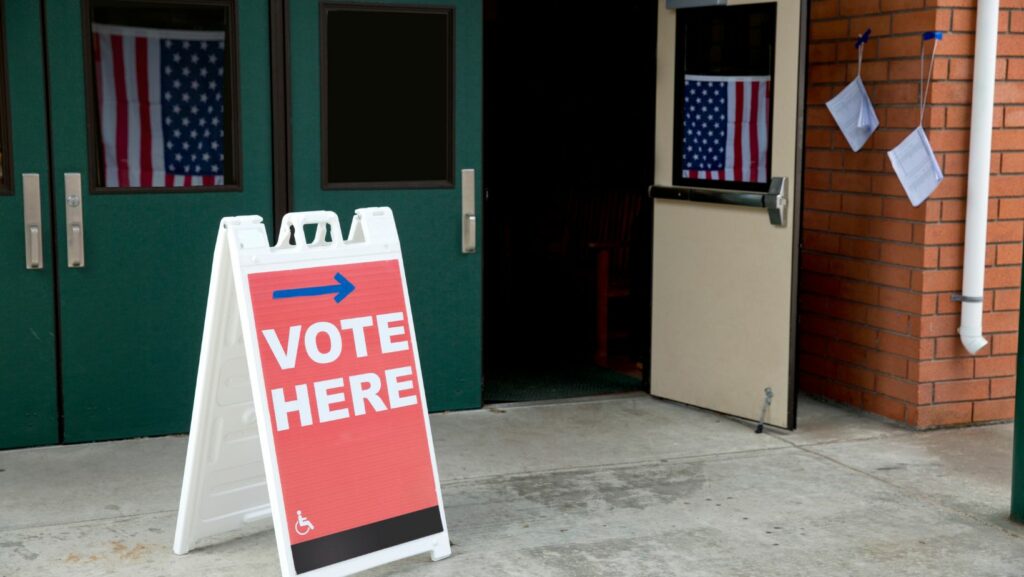As the polls close and the nation holds its breath, election night coverage becomes the focal point for millions eager to witness democracy in action. This high-stakes evening, filled with anticipation and suspense, offers a front-row seat to the unfolding drama of electoral results. From local stations to national networks, broadcasters work tirelessly to deliver real-time updates, expert analysis, and in-depth reporting.
Election night coverage is more than just numbers and projections; it’s a dynamic blend of technology, journalism, and storytelling. With cutting-edge graphics and interactive maps, viewers gain insights into voting patterns and trends. Anchors and analysts break down complex data, helping audiences understand the implications of each result. This coverage not only informs but also connects communities, sparking conversations and debates that extend beyond the screen. As the night progresses, the narrative of a nation unfolds, shaping the future with each declared winner.
Election Night Coverage
Election night coverage acts as a dynamic platform where media outlets disseminate crucial election updates. Networks compete to provide the fastest and most accurate information about election results. Anchors and panelists present detailed breakdowns of voting trends, offering a narrative that captures the essence of each race.
Coverage includes visual elements like interactive maps, allowing viewers to explore electoral data at granular levels. These maps show real-time shifts in voting patterns across districts and states. Graphs and infographics help simplify complex data, making it accessible to a broad audience interested in the outcome’s impact.
Expert analysts contribute insights into electoral processes and outcomes. They discuss potential government shifts and policy implications, appealing to politically engaged viewers seeking deeper understanding. Journalists in the field provide live reports from polling stations and candidate headquarters to capture the election’s atmosphere.
Key Features Of Effective Coverage
Effective election night coverage depends on several key features that ensure comprehensive, engaging, and informative broadcasts.
Real-Time Updates
 Real-time updates are the cornerstone of effective election night coverage. Broadcasters use advanced data analytics to deliver instantaneous results as votes are counted. Visual elements, such as interactive maps and graphs, display these outcomes dynamically. This enables viewers to follow along with the electoral process and understand shifts in voting patterns as they occur.
Real-time updates are the cornerstone of effective election night coverage. Broadcasters use advanced data analytics to deliver instantaneous results as votes are counted. Visual elements, such as interactive maps and graphs, display these outcomes dynamically. This enables viewers to follow along with the electoral process and understand shifts in voting patterns as they occur.
Online platforms extend the reach of election night coverage. Media outlets stream live content on websites and apps, allowing audiences to access real-time information from any location. These platforms often provide additional resources like on-demand videos and detailed articles that offer an in-depth understanding of election intricacies. This accessibility caters to diverse audiences seeking various levels of information.
Accuracy And Misinformation
Maintaining accuracy is critical during election night, especially amidst a flood of data. Information must be verified meticulously before broadcasting to prevent spreading misinformation. False reports, whether unintentional or deliberate, can influence public perception and trust. Media outlets employ fact-checkers and verify data through multiple sources to combat inaccuracies. Rapid reporting pressure increases the risk of errors, thus demanding robust verification processes.
Managing viewer expectations requires careful communication of election dynamics. Anticipating electoral results can lead to heightened tensions and dissatisfaction if projections are inaccurate. Media must clearly explain the provisional nature of early results, emphasizing that votes may count throughout the night. It’s crucial to provide context around the complexities and variability inherent in vote tallying. Anchors must regularly remind audiences of possible delays or changes, balancing speed with patience to maintain viewer trust.
Future Trends In Election Coverage
 As technology continues to evolve, election night coverage is poised to become even more immersive and interactive. Media outlets are likely to harness advancements in artificial intelligence and data analytics to provide deeper insights and faster updates. Virtual and augmented reality could offer viewers a more engaging experience, allowing them to explore electoral maps and data in unprecedented ways.
As technology continues to evolve, election night coverage is poised to become even more immersive and interactive. Media outlets are likely to harness advancements in artificial intelligence and data analytics to provide deeper insights and faster updates. Virtual and augmented reality could offer viewers a more engaging experience, allowing them to explore electoral maps and data in unprecedented ways.
Social media’s role is expected to grow, with platforms becoming central hubs for real-time discussions and updates. Additionally, the emphasis on combating misinformation will intensify, with news organizations investing in more robust fact-checking systems. As audiences demand transparency and accuracy, the integration of blockchain technology might ensure greater trust in the reporting of results.




